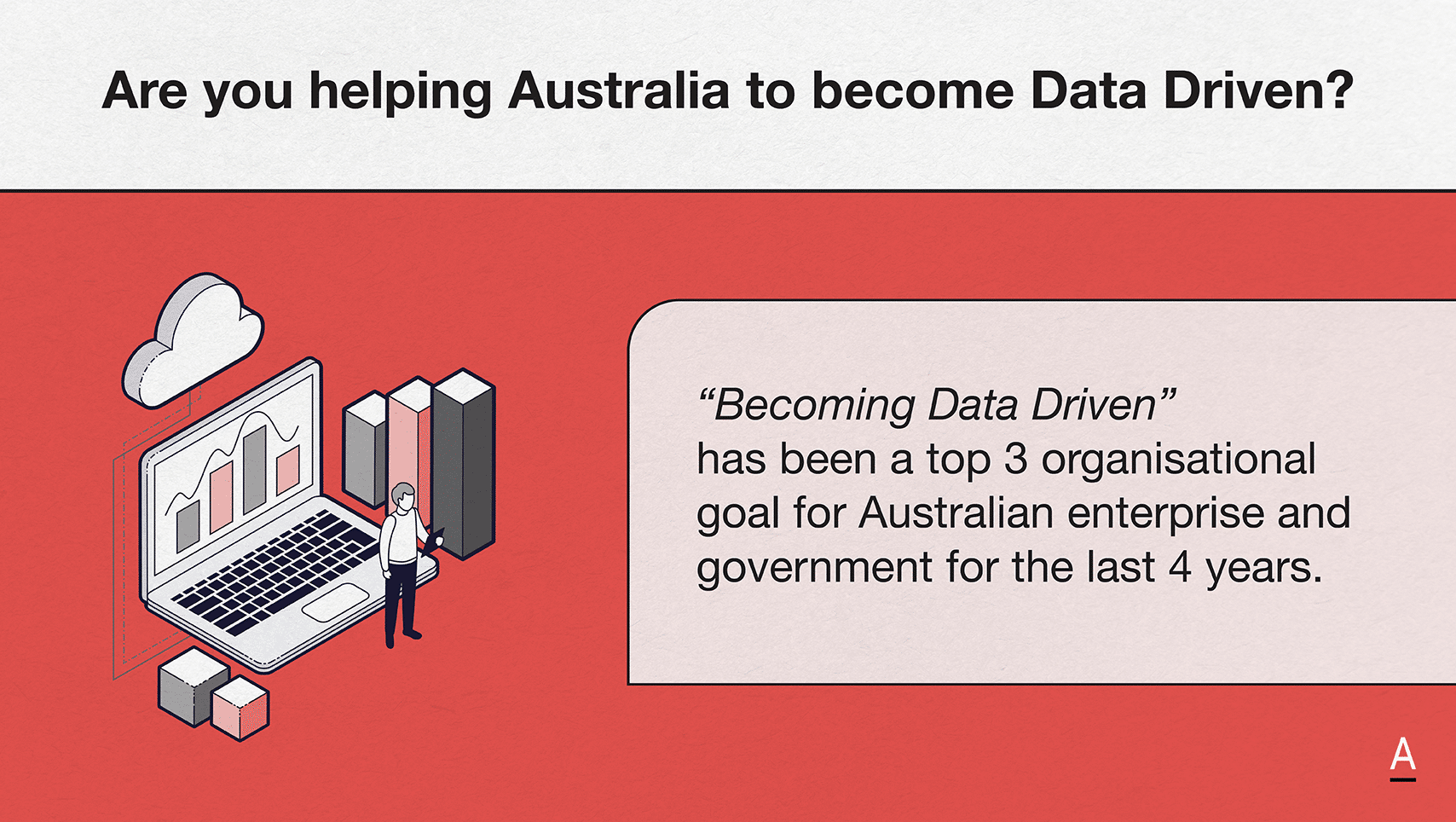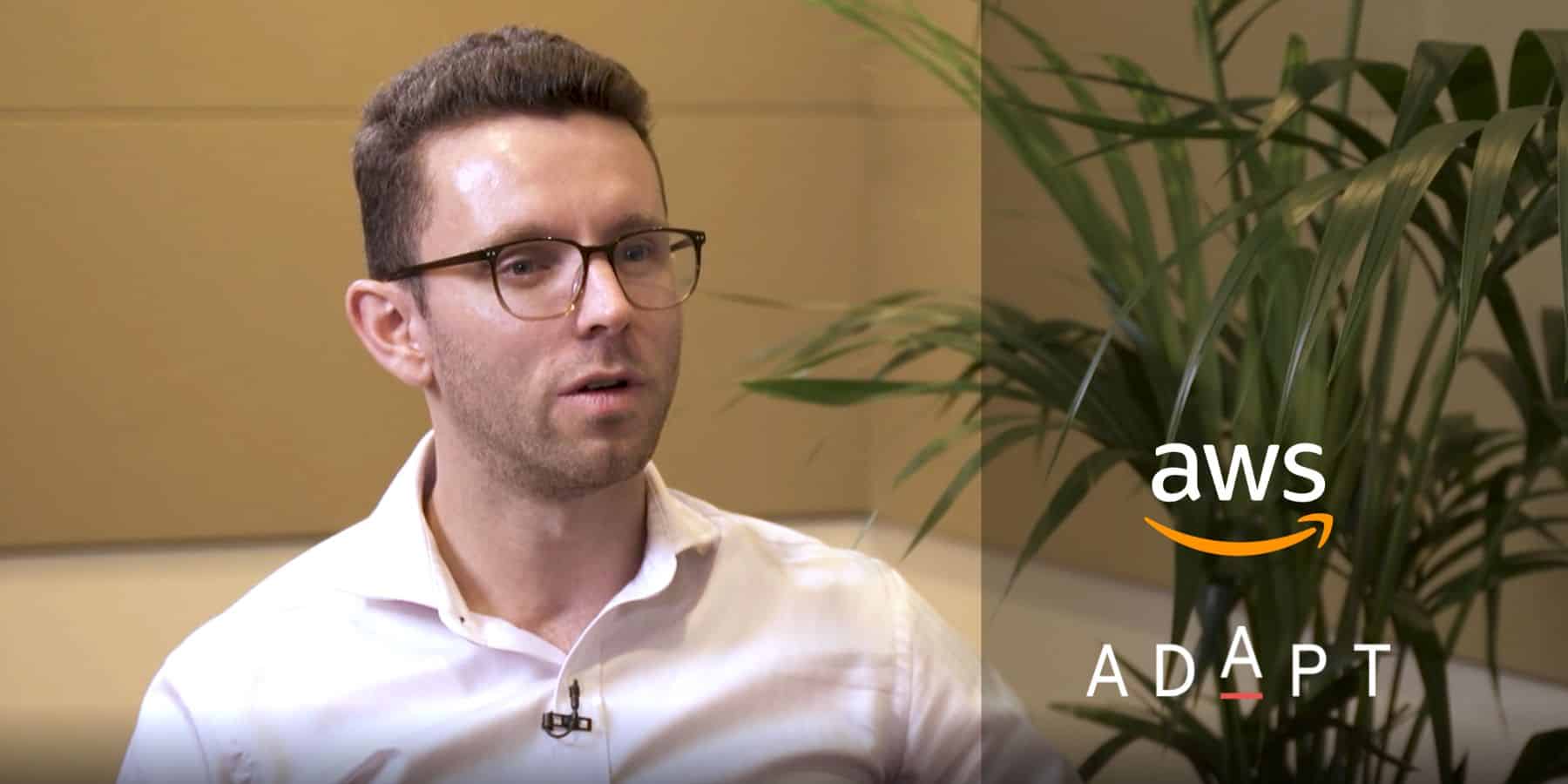Following a survey of 173 Australian Chief Information Officers (CIOs) and heads of technology representing organisations responsible for 19% of Australia’s GDP, ADAPT has released the results of its 2022 CIO Edge survey.
Commenting on the release, Matt Boon, Senior Research Director at ADAPT, says economic headwinds have led to a rapid rethink of existing and planned IT priorities.
He says, “Thankfully, companies have resisted the urge to slash-and-burn IT budgets, however were seeing an aggressive re-prioritisation of existing and planned projects.”
CIOs are responding to company demands for demonstrable, value-driven outcomes with a short or medium-term ROI horizon in a tough economic climate.”
RPA, machine learning/AI and chatbots supporting scarce workforce
The study reveals 46% of respondents are deploying Robotic Process Automation, 44% are adopting machine learning/artificial intelligence, while 43% of CIOs are using chatbots.
Boon says companies are beginning to understand the value presented by emerging technologies, and are scrambling to deploy them to support short and medium-term initiatives in light of the skills shortage.
He says,
Without significant changes to migration policy, the skills shortage is likely to persist. This is prompting a renewed appetite for the deployment of emerging technology in an effort to automate processes usually carried out by skilled workers.”
ROI outdated in modern IT environments, makes way for value capture
The survey reveals a positive correlation between organisations level of digitisation and their effectiveness in value-capture, which Boon says is now the most relevant metric for modern IT environments.
He says,
Organisations are increasingly turning to value-capture, as the development of ROI as a metric was to assess fixed costs related to legacy environments.”
Overall, 60% of highly digitised organisations were considered effective at capturing value from operations, compared to moderately digitised organisations, who display 30% effectiveness. Just 16% of moderately digitised organisations were considered effective at capturing value from customers, while almost half (48%) of highly digitised organisations enjoyed effective customer value-capture.
According to Boon,
Modernisation is the key to driving operational efficiency, and companies that delay are likely to lose ground to competitors.”
Public cloud forecast to manage half of workloads by 2023
ADAPT’s Cloud Migration Study reveals the progress of organisations push to managing workloads in the cloud, with 38% of workloads currently in the Public Cloud. ADAPT predicts that 50% of workloads will be in the Public Cloud by 2023, marking a notable increase in modernisation levels.
Boon notes the link between rates of cloud migration and levels of infrastructure modernisation, but says economic challenges are renewing a focus on Cloud costs:
In terms of cost expectations, Cloud is still missing the mark, leading to a rethink of workload priorities from CIOs.”
CIO Investment priorities reveal impact of skills shortage
Behind competing business priorities, a lack of digital skills has been revealed as the most significant internal barrier to IT projects in Australia. In response, the development of in-house talent remains high on the to-do lists of CIOs, with leadership development (75%), IT culture development (72%), staff upskilling & training (72%), cybersecurity awareness programs (68%), and the development of digital-ready skills (64%) listed as top priorities for CIOs.
According to Boon, these investment priorities are likely to remain until organisations reach greater levels of digital savviness.
He comments,
To improve value-capture, companies need to adopt emerging technologies, but are being held back by a lack of technical know-how and low levels of digital literacy right through the organisation. CIOs will be served well by prioritising the development of their organisations digital savviness, as the success of new initiatives in the future depends upon their teams ability to execute now.”
Internal barriers to tech initiatives revealed
In digitising their organisations, CIOs continue to grapple with competing business priorities, skills shortages, and legacy issues. 71% of respondents identified competing business priorities as a barrier, with the talent shortage being the second most significant barrier to tech initiatives, quoted by 64% of respondents.
Technical debt was noted by half of respondents, while 46% of CIOs continue to struggle with legacy mindsets and processes.
Boon says,
Legacy issues will persist thanks to the continued shift towards Cloud-based workloads, however the most significant challenge is earning leadership buy-in. This goes back to the value conversation as we get business leaders aligned. To ensure support, CIOs must revisit the conversation about what their IT initiatives can deliver for the rest of the business.”





















